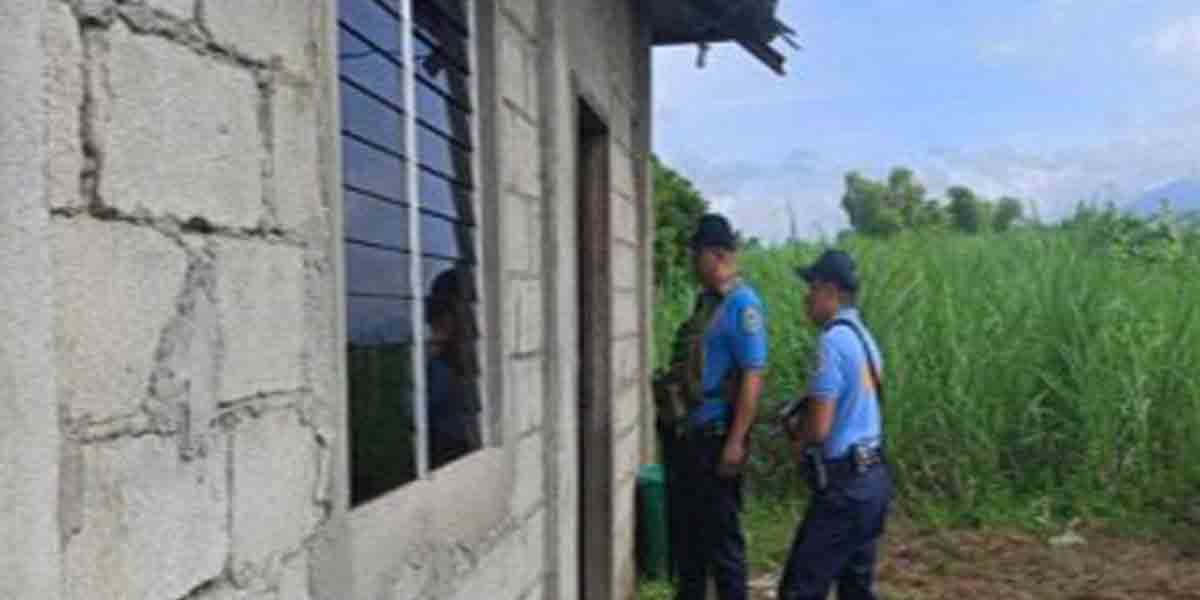Kanlaon Volcano erupted on Monday evening, with steam-rich plumes rising 5000 meters high, Phivolcs reported. The alert level was raised to Level 2, indicating current unrest driven by shallow magmatic processes that could lead to further explosive eruptions.
Initially, over 1,400 individuals from 14 barangays in Negros Occidental were affected. Small rocks fell, and the smell of sulfur permeated areas such as Bacolod, Pontevedra, Murcia, and more, causing significant ashfall. Stranded passengers at Iloilo Airport added to the chaos, highlighting the eruption’s widespread impact.
The eruption of Kanlaon Volcano is a reminder of nature’s unpredictable fury. As steam-rich plumes soared 5000 meters high, residents in Negros Occidental faced the daunting challenge of ensuring their safety amidst the chaos. This event, while alarming, underscores the critical need for proactive measures to protect lives and mitigate the impact of such calamities.
The mandatory evacuation ordered by Canlaon, Negros Oriental Mayor Jose Chubasco Cardenas was a crucial step in safeguarding residents. Moving families to evacuation centers not only provides physical safety but also a semblance of normalcy during turbulent times. The government’s swift action in closing non-essential businesses and tourism sites within the danger zones demonstrates a commendable prioritization of public safety.
However, the logistical challenges of relocating over 1,400 individuals highlight the need for robust evacuation plans. These plans should be regularly updated and rehearsed to ensure efficient execution during actual emergencies. Communities must be educated on evacuation routes, emergency supplies, and the importance of heeding warnings from authorities.
The Philippine Institute of Volcanology and Seismology (Phivolcs) plays a pivotal role in monitoring volcanic activity. The upgrade to Alert Level 2 was essential in alerting the public to the potential for further explosive eruptions.
To enhance preparedness, it is imperative that Phivolcs receives continuous support and funding to maintain and upgrade monitoring equipment. Advanced technology and increased seismic stations around Kanlaon can provide more accurate data, enabling timely warnings.
Additionally, integrating community-based monitoring systems can empower local residents. Training community volunteers to observe and report changes in volcanic activity can supplement official monitoring efforts, creating a grassroots network of vigilant observers.
Public awareness campaigns are vital in fostering a culture of preparedness. Regular information drives on the hazards of volcanic eruptions, appropriate safety measures, and emergency contacts can save lives. Schools, community centers, and local media should be leveraged to disseminate this information widely.
Moreover, simulation drills involving local governments, emergency services, and communities can ensure everyone knows their role during an eruption. Practicing these scenarios can reduce panic and confusion when real emergencies arise.
In the long term, urban planning must consider the risks posed by Kanlaon and other active volcanoes. Restricting construction within the permanent danger zone and implementing strict building codes can reduce vulnerability. Investing in resilient infrastructure, such as reinforced evacuation centers and disaster-resistant roads, will enhance the community’s ability to withstand future eruptions.
Furthermore, fostering international collaboration on volcanic research can bring in global expertise and resources. Sharing knowledge and best practices with countries facing similar threats can enhance our collective ability to respond to volcanic disasters.
The eruption of Kanlaon Volcano serves as a sobering reminder of the need for vigilance and preparedness. By taking proactive measures to safeguard lives, enhancing monitoring and public education, and implementing long-term strategies, we can mitigate the impact of such natural disasters.

























